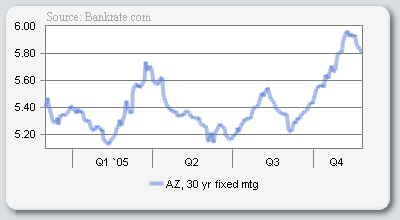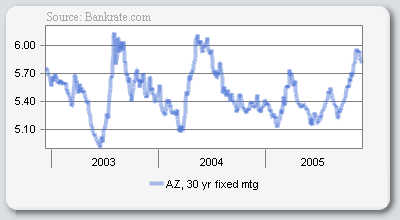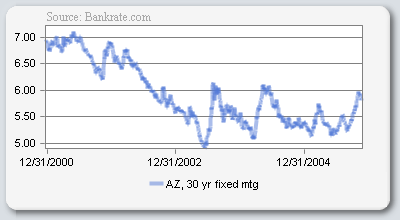The idea of a Downtown in Phoenix is cursed by the most pernicious force of hell. Not the devil, just the heat. A Downtown is a place where virtually all transportation takes place on foot, and you cannot walk outdoors in Phoenix in the summer. Not far, not for long and not without ruining your clothes with sweat stains.
There are two fairly obvious conclusions to be drawn from this datum. Either: Phoenix cannot have a true Downtown–which explains why it doesn’t–no matter how much money is wasted on cargo cult projects devised to mimic a Downtown. Or: Downtown Phoenix, wherever it emerges, must be entirely indoors. I wrote about this a while ago.
Today comes news of a yet another city-within-the-city that is just ambitious enough to succeed as a project, but nowhere near ambitious enough to work as a city:
Phoenix’s largest mall developer says it will build a cosmopolitan city within a city in the northeast Valley that will feature the state’s most upscale shopping, restaurants, nightclubs and spas, plus a boutique hotel.
Going after the Valley’s most deep-pocketed residents and tourists, Phoenix-based Westcor and its partner, Landmark Land Co., said they will turn 2,200 acres of desert into a giant urban hub with buildings reaching 17 stories high, piercing the northeast Valley’s low-slung skyline.
Here’s the kick in the teeth, though:
Plans are most firm for Westcor’s 72-acre regional, outdoor shopping center, which will include 1 million square feet of high-end retail and restaurants.
I added the emphasis. So how do you suppose people are going to get around this huge parcel of land?
But wait. There’s more:
Creating upscale, outdoor shopping centers where people also live and work has been a hot trend among developers who want to renovate their old centers or build new ones.
The souped-up shopping centers are meant to look like minidowntowns or Main Streets but often feature high-end shops instead of dentists and dry cleaners.
That is in part due to the strength of the luxury retail market, said Patrice Duker, spokeswoman for the International Council of Shopping Centers.
“(Mixed-use) is what’s in the air in regard to development trends,” Duker said. “It’s Read more




